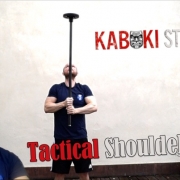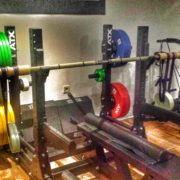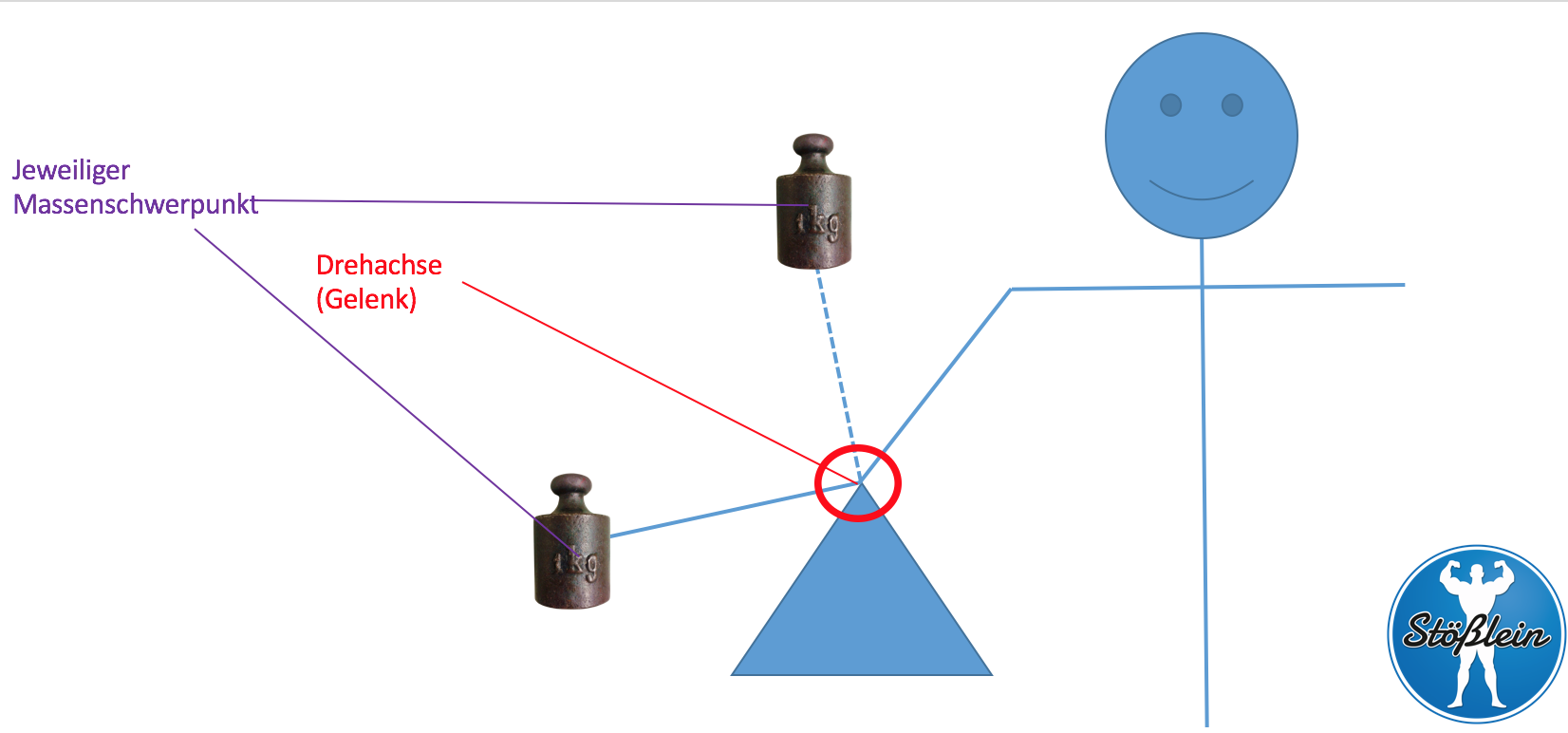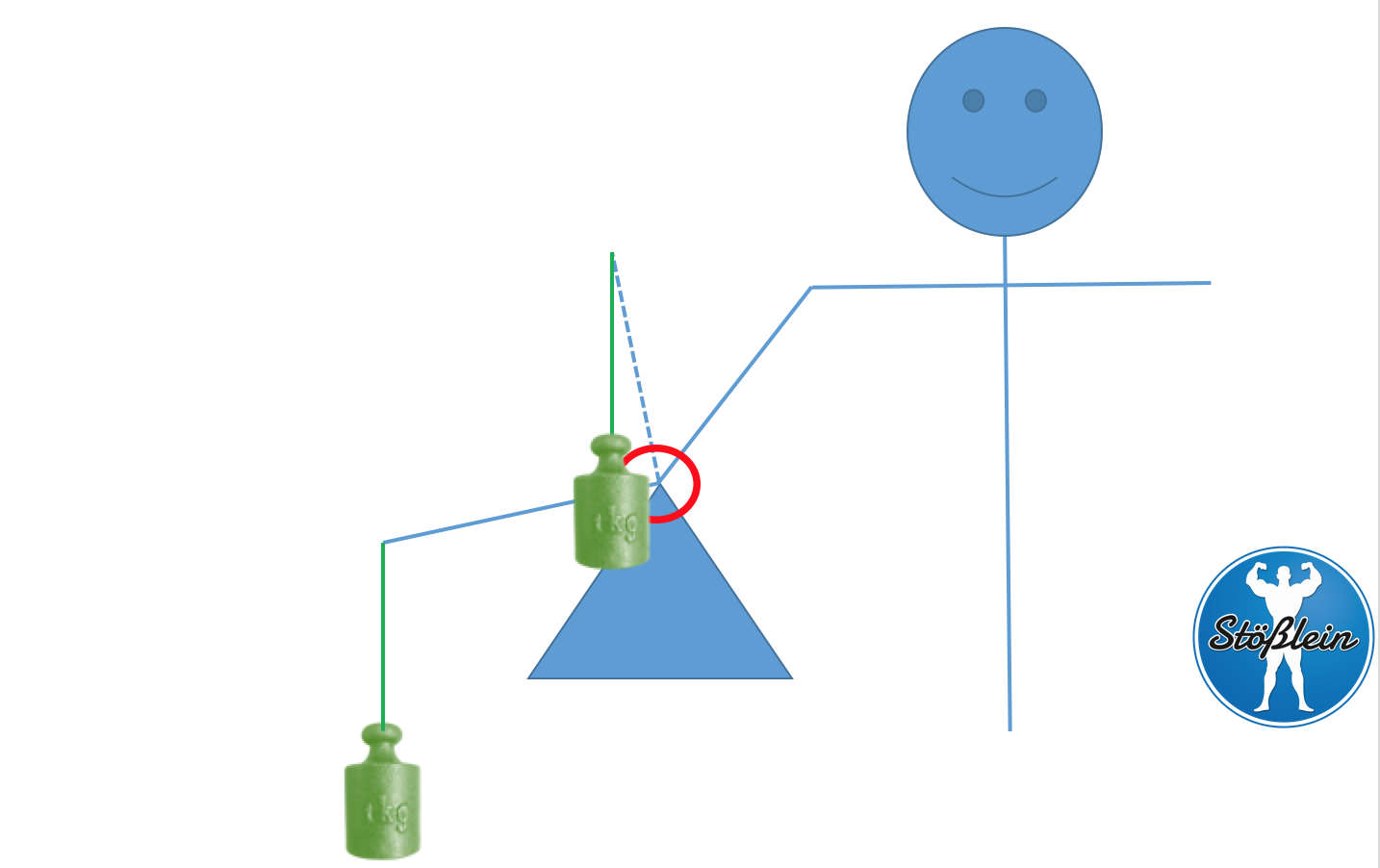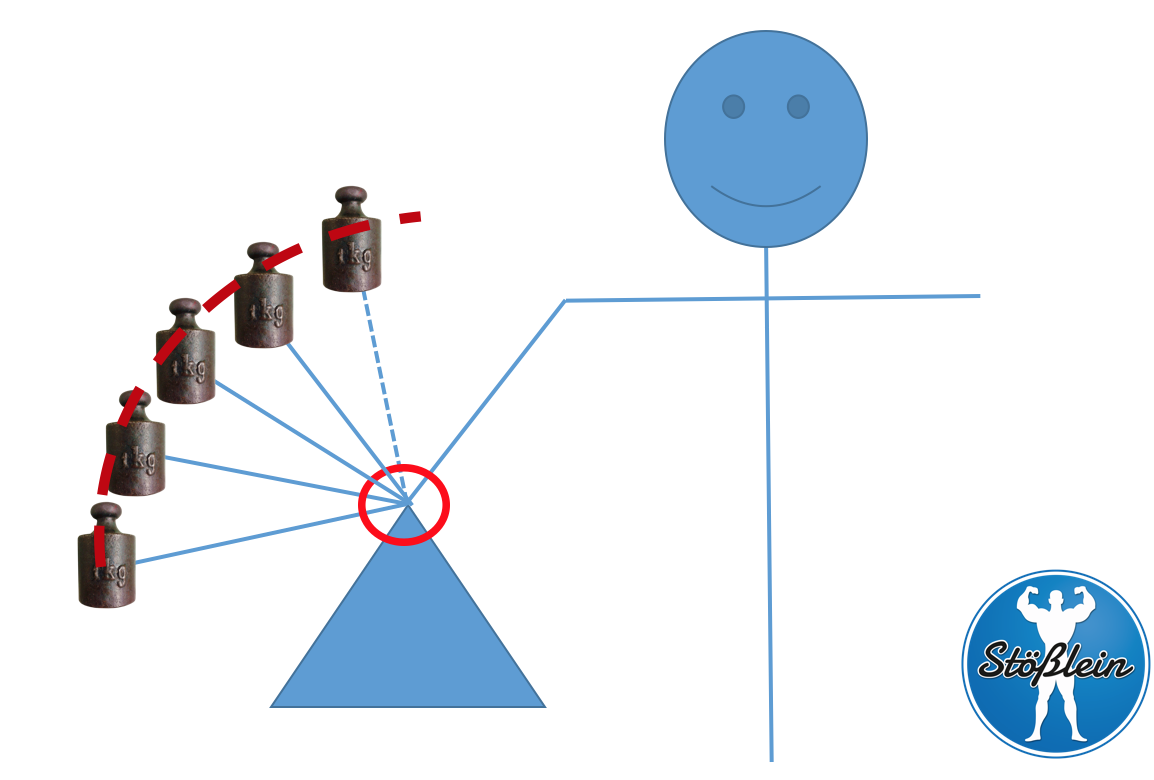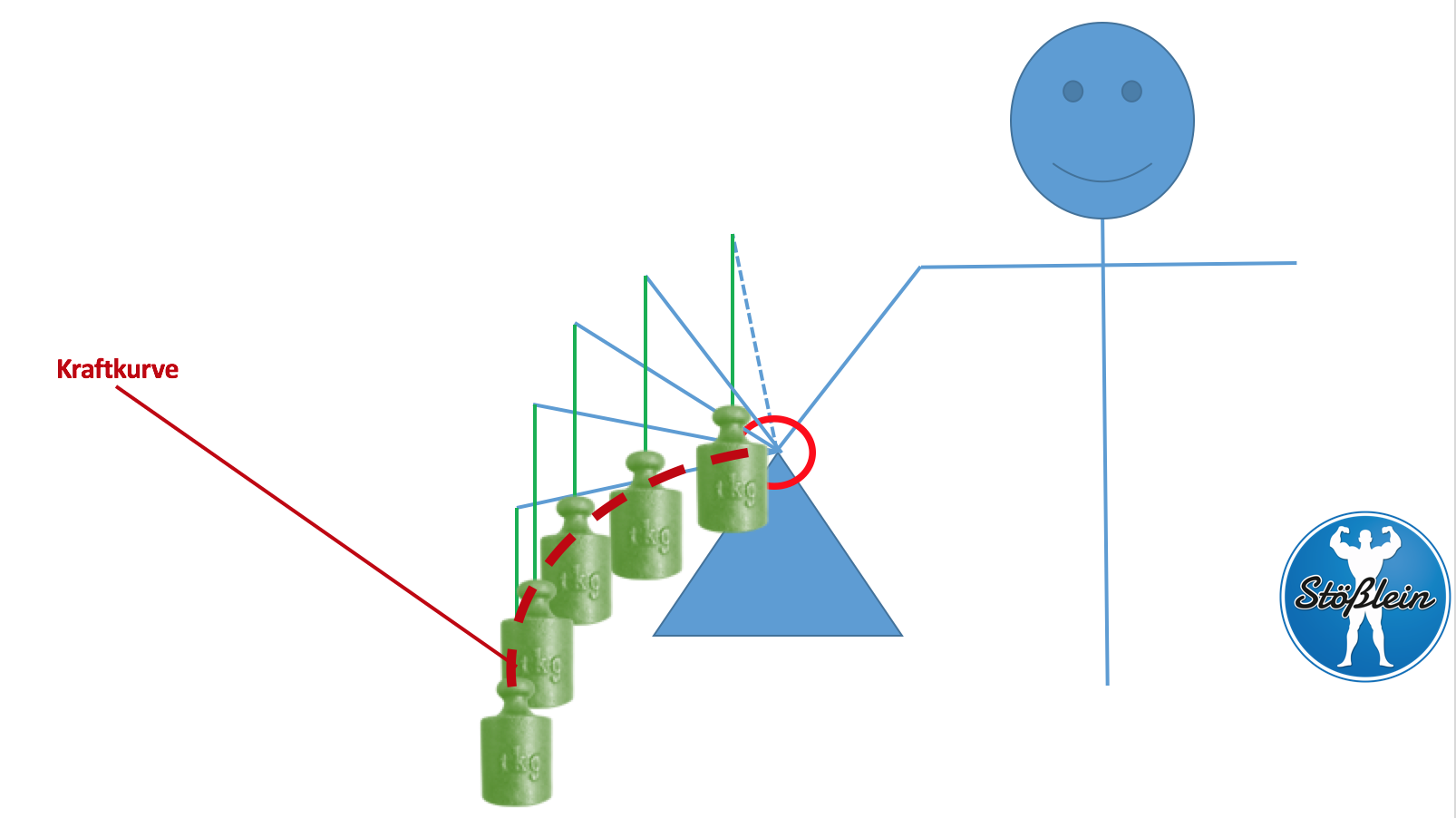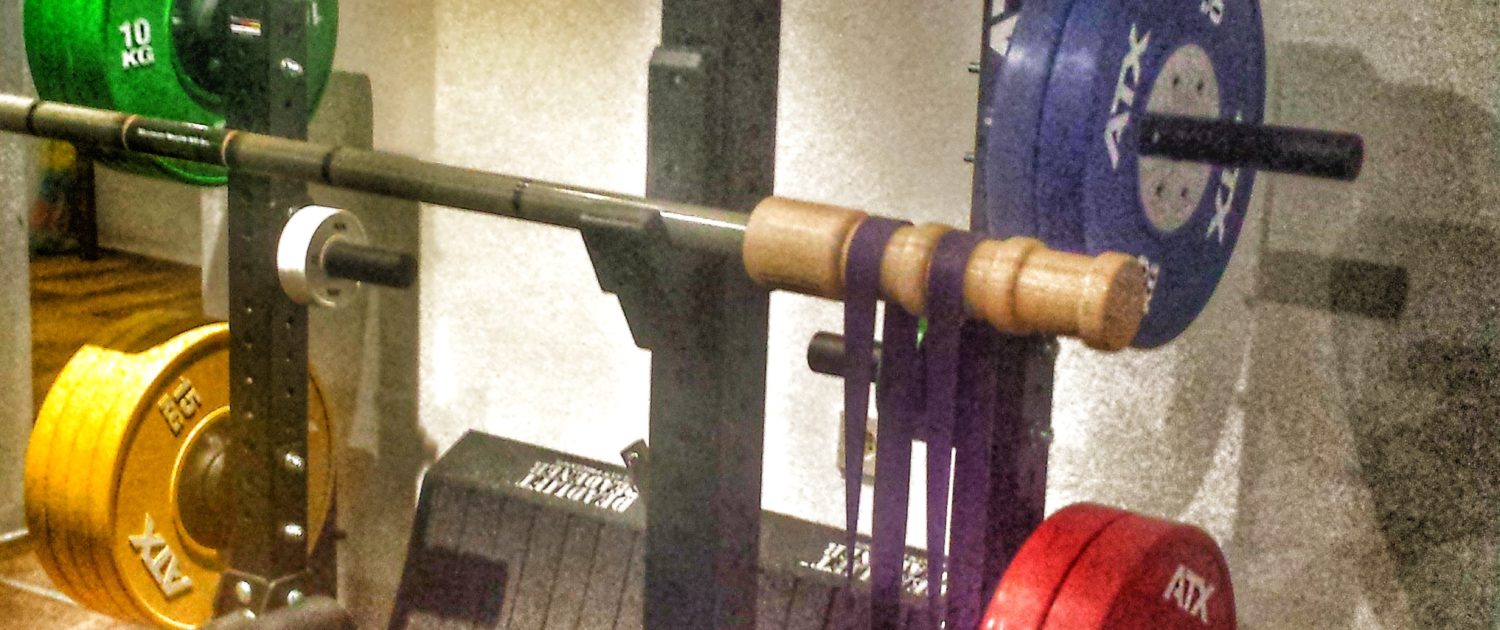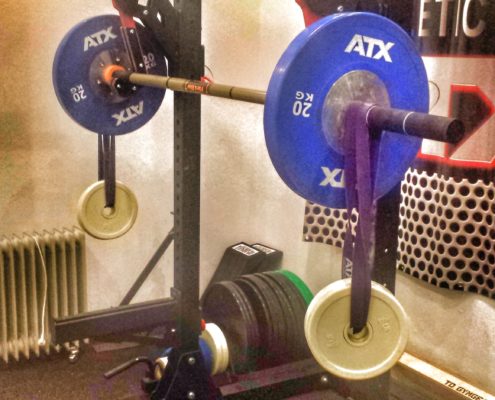ShouldeRök™️ is a mace, respectively gada-like mobility and strength-tool, developed by Chris Duffin, from Kabuki Strength. I emphasize mace/gada-like, as it is one of a kind when it comes to usability, design, and quality!
To ShouldeRök™️ or not to ShouldeRök™️ ? That’s your question? In this article I‘ll tell you why you definitely should ShouldeRök™️ and how it may benefit you in different ways and sports!
All the info in this article focuses on the use of the ShouldeRök™️ by Kabuki Strength, no matter if you either like to use the tactical version or the standard one!
What is a (Tactical) ShouldeRök™️? – An unusual deconstructing approach!
I really do have a big liking for Latin and Greek terms in medicine. Maybe that‘s because I also work as what is called a “Heilpraktiker” in Germany.
A literal translation would be “heal practitioner”, but a more appropriate could be “complementary and alternative medicine practitioner” (CAM practitioner).
To get a deeper understanding for what a “Tactical ShouldeRök™️”actually is we should dive a little bit into the meaning of the term itself.
As well as the (Tactical) ShouldeRök™️” is a strength and mobility tool, language is a tool, too. So what both things share in common is, that they can be deconstructed and that you should better know how to use them properly!
Due to that we’re going to start with an actual definition of the term “Tactical Shoulde(r)|Rök”.
The adjective “tactical”, which derives from Greek tattein = to deploy, to erect, to mount sth., in file; respectively the adjective tactical comes from Greek taktikos = to arrange something, skilled, to collocate(Becher et al., 1995).
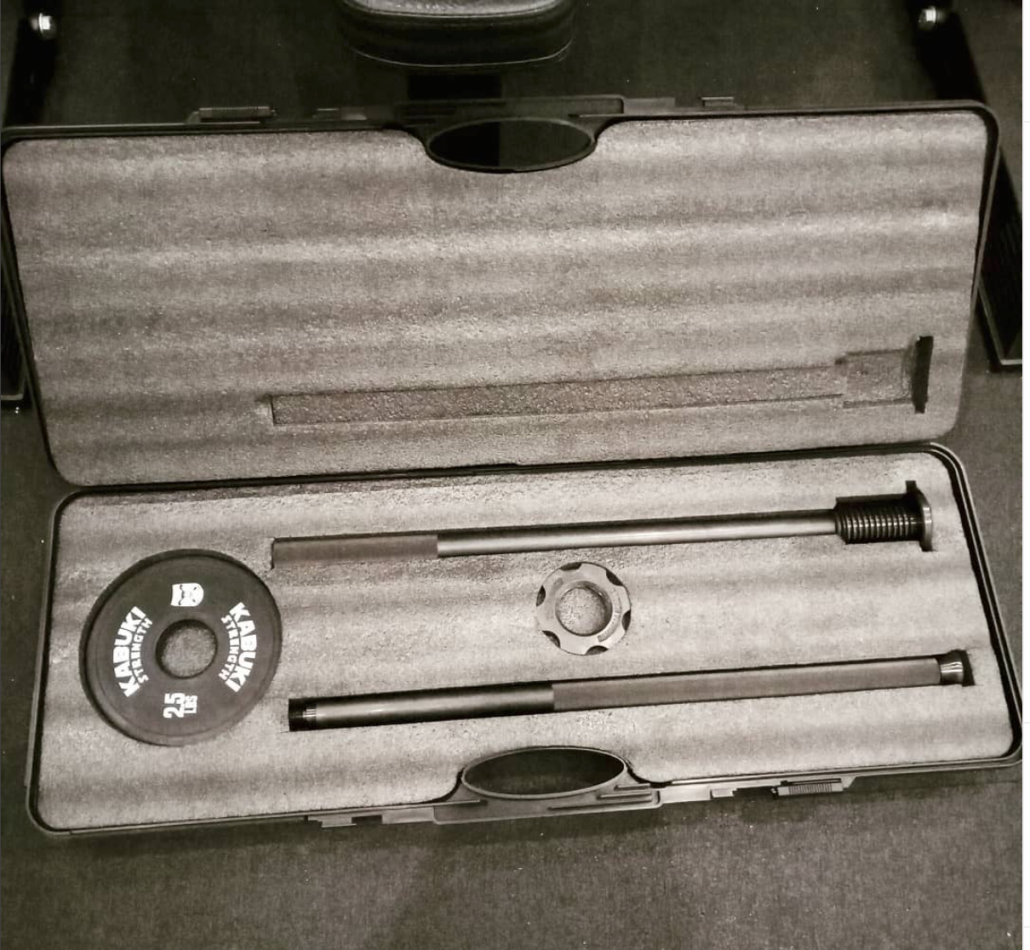
The term “shoulder” – of course – describes the lateral parts of your upper body which connect your arms with your trunk.
The shoulder is one of the most agile joints in your body. It is composed of several joints between the bony parts of the shoulder blade, the upper arm and the clavicle. The shoulder’s characteristic shape is above all conferred by the muscle parts of the deltoid muscle.
Being one of the most flexible joints in the human body it is kept in shape and moved by a complex system of different muscles (including the rotator cuff). Due to the large range of motion and the small bony joint surfaces, the shoulder joint is also very vulnerable to injuries.
Since all nerves and blood vessels of the arms run through the shoulder area, shoulder injuries can also lead to pain and functional restrictions (i.e. adhesions, trigger points etc.) of the upper extremity that can lead to structural imbalances and so on.
That’s where proper shoulder training comes into play! Not only whether you are performing on a world elite level of strength training or if you simply want to be a strong mind living in a strong and healthy body!
After having deconstructed the origins of “tactical” and “shoulder” there is only one missing “stone”, the “Rök”. According to Wikipedia:
“ The Rök runestone (Swedish: Rökstenen (…) is one of the most famous runestones, featuring the longest known runic inscription in stone. (…) It is considered the first piece of written Swedish literature and thus it marks the beginning of the history of Swedish literature”.
The benevolent reader may forgive me my supreme attention to detail but I mentioned earlier being in love with Latin and Greek terms in medicine. Furthermore, when it comes to such an outstanding product like the ShouldeRök™️ I like to pay attention to every little detail!
ShouldeRök™️ – Painkiller or Vitamin?
Now that we have verbally deconstructed all the parts of the ShouldeRök™️ we get a first but already good intention what it was designed for. It‘s not an ancient wizardry but – from my holistic point of view as a strength coach and CAM practitioner – a true cornerstone for proper shoulder health.
Is it THE best tool for healthy shoulders? Will it cure all your preexisting shoulder issues/injuries? Of course not, don‘t be foolish! There is no such thing as THE best tool, nor will it cure al your shoulder problems, especially if used willy-nilly.
If you ask me, and you kind of do so as you‘re reading my article, I would state that the ShouldeRök™️ acts rather like a “Vitamin” than a “Painkiller”. If you are suffering from serious shoulder pain due to wear and tear, trauma etc. you should first consult a physician before using even the best tool!
When you are looking for a way to build “bullet proof” shoulders, if you are in a rehabilitation/prehab-phase, if you want to efficiently train muscles of your rotator cuffs and shoulders you have never heard and thought of, well THEN you should use a tactical approach, with the ShouldeRök™️!
Deconstructing the use of the ShouldeRök™️!
Where do I see the big benefits of this “cool tool”?
In a nutshell: I use it with patients, clients and athletes to build/increase proper muscular balance and strength in the shoulder girdle, as well as all the muscles that are involved in the movement, too. These are foremost the upper pectoralis muscles, rotator cuff, the arms and the upper back.
Of course there is always the debate concerning a certain exercise to be “sport specific” and/or if it is useful to integrate it in an athletes routine. After having worked not only with a special crowd of self-defense (Krav Maga) practitioners I can tell you that the ShouldeRök™️ definitely IS sport specific but can also be applied in general physical preparation (GPP)!
Now you might ask: “Why is that the case?”. Well on the one side it‘s the unique and transferable movement itself (that makes it sport specific), which we will look at in detail in a moment and on the other hand it is the ability to holistically strengthen your shoulder girdle.
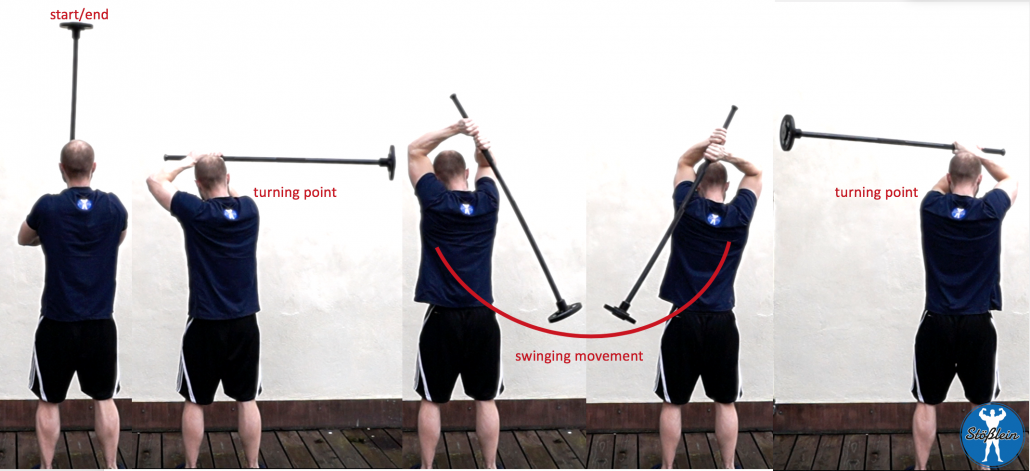
You might also wonder: “Cool, Bernd but when in real life do I need to swing a rod with a weight around my head?”. Well, actually you don’t but what you need to do, when it comes to self-defense techniques is the strength and power to release you i.e. from an attack from behind!
That’s where the sport specific component of the ShouldeRök™️ comes into play! Think of this scenario, you are getting attacked from behind, i.e. being chocked, by a taller, much stronger opponent. What are you going to do? Stand there and wait for being faded out?!
Well of course you must have a plan how to react in this special scenario but what you also must have is some decent strength to reach besides or over your head and defend yourself!
So that is exactly a “real life” scenario where you have to apply force, strength and power while reaching over/behind your head and simultaneously gripping and pulling something. And you should better be fast…and strong!
If you deconstruct such movements you surely can train all your muscles that are involved in such a movement. You can do i.e. pull-overs or reverse flies, rows, whatsoever.
But you also need to train a dynamic swinging movement, involving all kinds of weighted rotations. Boom, that‘s where you get a tactical approach with the ShouldeRök™️, regardless if you use the Tactical Rök or the normal one.
Having worked with Krav Maga people for a couple of years now and being a Krav Maga student myself I can tell you how much I see a benefit of introducing the Rök to our training.
There are tons of techniques that involve deflecting attacks from various stands. Whether being already in a fighting position or form a standing position. It‘s grabbing, deflecting, punching on so one.
Literally everything that involves defending and/or attacking with your upper extremities also involves a body defense. That means moving your trunk AND moving your arms.
Strength is never a weakness! So in order to defend yourself you‘d better be strong. Not necessarily big, but strong!
Of course the use of the Rök is by all means not limited to Krav Maga. I’d say that you can apply it to probably any kind of self-defense technique, Martial Art and for all people working in law enforcement!
Should “Average Joe” use a ShouldeRök™️?
To make a long story short: yes, but with some restrictions! Ok, having told you about my example of how to implement the ShouldeRök™️ into Sport Specific Training I will also give you my view how I use it with non-athletes in general physical preparation (GPP).
Living in a society that has to deal with a more and more monotonous lifestyle the ShouldeRök™️ is – from my point of view – a really helpful tool to break free!
What is weak and rigid, that breaks or how we say in German: “wer rastet, der rostet” which means: “the one who rests, gets rusty”!
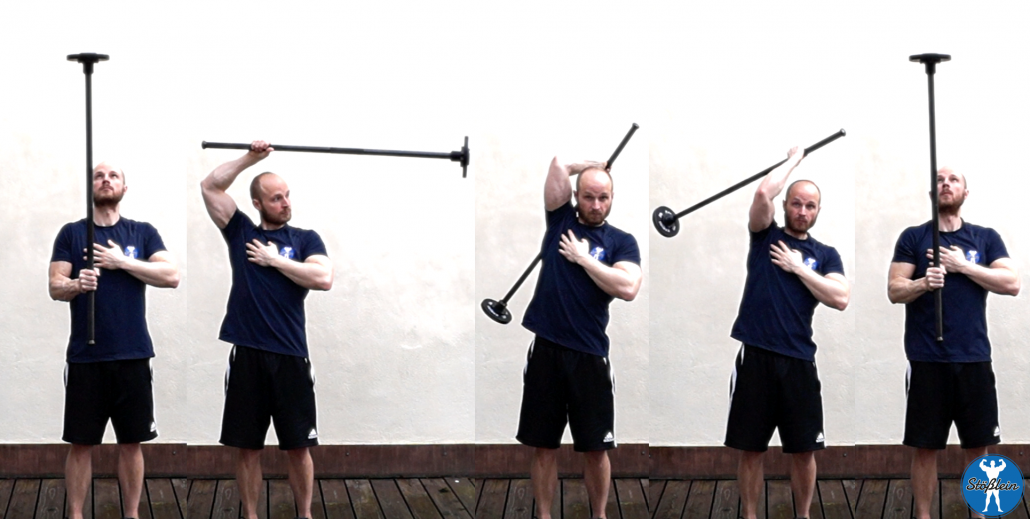
Let‘s face it, people nowadays are doing jobs where they are sitting all day long. They are sitting while having breakfast, while driving to work, being at work, sitting at lunch, sitting while driving home….just to sit again, while having dinner and while doing “Netflix and Chill”.
Well, don’t get me wrong, there is nothing bad with sitting itself, but it is that overstressed “sterno-symphysial” posture people tend to perform all day long. Holding a steering wheel, typing on a computer keyboard, watching down on a cellphone/tablet etc.
All sorts of things that will not only give you bad posture but also make you “bow to your phone”, enslaving you to “helpful” gadgets.
You bow down to social media etc. While doing that you give away your inner strength. I mean, how can you supposed to be a strong character if you look like the hunchback Quasimodo?!
Unless you don‘t want to get casted as the Hunchback of Notre Dame, you better start working on a strong posture. That‘s where I apply the ShouldeRök™️ with my non athletes clients/patients. The classical office worker, clerk and so one.
First of all the huge benefit of working out with the Rök is that you must perform the exercise while standing. As mentioned above people are simply sitting too much, resulting them in weak gluteus muscles and weak shoulder girdles with especially shi**y external rotation capabilities.
So, if those “average clients/patients” go to a gym, what do they tend to do? Sure, they choose exercises where they can sit! The cool thing though about the Rök is, that you cannot perform the exercise while sitting…well I have learned to never say never as I have seen lots of stupidity in the gym. But, at least you should not perform the exercise while sitting.
That leads us back to an important point, no matter if athlete or not, posture! Just being an elite athlete doesn‘t mean you do an elite training!
While performing the Rök-Swings you have to stand in an upright position, while keeping your core as stable as possible. I also highly recommend my students to only work out with the ShouldeRök™️ while either being barefoot or wearing proper shoes with flat soles.
From my expertise wearing modern training shoes will decrease the efficiency of the work with the Rök to quite some extend!
If you want to learn more about how to strengthen your posture you can check out my articles on one of my blogs (www.bernd-stoesslein.de)
As mentioned above, I also use the ShouldeRök™️ with my rehabilitation patients. The only restriction I would make is if someone has severe contraindications of doing weighted rotations with his shoulders.
So to speak these are (from my expertise): acute/silent trauma (physical/psychological), rupture or partly ruptured tissues in the shoulder girdle, severe shoulder pain of unknown origin, severe cartilage damage, short post operation time and inadequate post operation recovery time and too much scar tissue that has to be removed/softened to enhance flexibility.
If someone hast inappropriate flexibility in the shoulders/rotator cuffs I would recommend integrating the ShouldeRök™️ AFTER having done appropriate soft tissue work, like using Gua Sha, a Heskiers Tool, Acupressure/Acupuncture, Frequency Specific Microcurrent or whatever technique you are skilled in or have access to. Consult a good therapist if you need such treatment!
The ShouldeRök™️ is built to last!
Let’s finally talk about the quality of this piece of equipment. It was my first training tool I got from Kabuki Strength so I was a bit curious if it really puts into practice what it “preaches” online.
Let me tell you, it definitely does! Just like the Rök Runestone, the ShouldeRök™️ is built to last!
I chose the Tactical SholdeRökÔ as I like to travel to clients from time to time and with the cool carry case the 2,5lbs plate and the parts of the Rök are nicely stored and ready to hit the road.
Besides the fact, that the tactical version can be deconstructed in two pieces there is no difference to the “one piece version”.
What I like is that you can use 50mm Olympic Plates with the Rök (a Kabuki Strength labeled 2,5lbs plate already comes with the Tactical Rök) and that you can also use its one end as kind of fascia/soft tissue tool for either working on your own trigger points or on those of clients.
What else can I say concerning the quality? Well, the finish looks really “bad a**”, (I do have a black oxide version), the knurling is pretty strong to ensure a good grip. You just can feel the love and, like we say in German, “Herzblut” (“heart blood”) they put into this unique piece of equipment!
Conclusion – ShouldeRök™️, the Master of the Universe?(h2)
The ShouldeRök™️ is so much more than an ordinary Macebell or Gada. It’s much more like He-Man‘s sword that metaphorically might help you transform from the cheesy Prinz Adam from Eternia into He-Man, the most powerful man in the universe…just in case you are willing to protect castle Grey Skull form the evil forces of Skeletor 😉
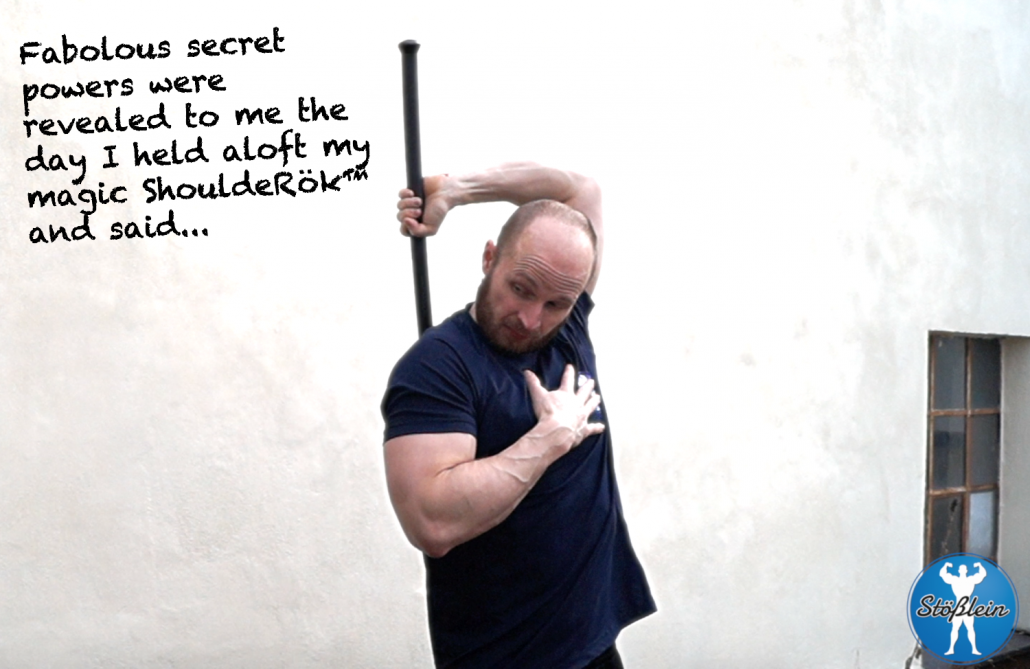
Unlike He-Man, who only shared his secret with the Sorceress, Man at Arms and Orko, I’m sharing my experience working with the Rök on myself, athletes as well as non-athletes with you all.
Unless clients/patients suffer from some severe condition (see mentioned examples above) I strongly believe that the integration of the ShouldeRök™️ will improve strength, enhance flexibility, strengthen your core and (if done properly) even might enhance your breathing patterns.
More about breathing can be read in my article: “The Oxygen Advantage®”.
With the purchase of a ShouldeRök™️ you do not only get what you pay for (obviously a ShouldeRök™️) but also get granted access to some extra in depth training videos that are not available for public!
Furthermore you have the option to “upgrade” your Rök by purchasing a so called “MyoRök”. An “Instrument Assisted Soft Tissue Mobilization-Tool” (IASTM).
This IASTM tool is made of high-quality surgical steel (stainless steel) and is used (not only) by professional therapists to loosen fascial structures. The fascial “soft tissue” tissue is mobilized.
I’m really keen on getting this cool upgrade for my own Rök!
I’d like to finish my article with my opening and once again answer the question:
“Should you ShouldeRök™️ ?” Yes, you should, as it’s an investment in yourself! As well as for general physical preparation and for specialized physical prepation. Think of it: you invest once, and profit for a lifetime! Get tactical!
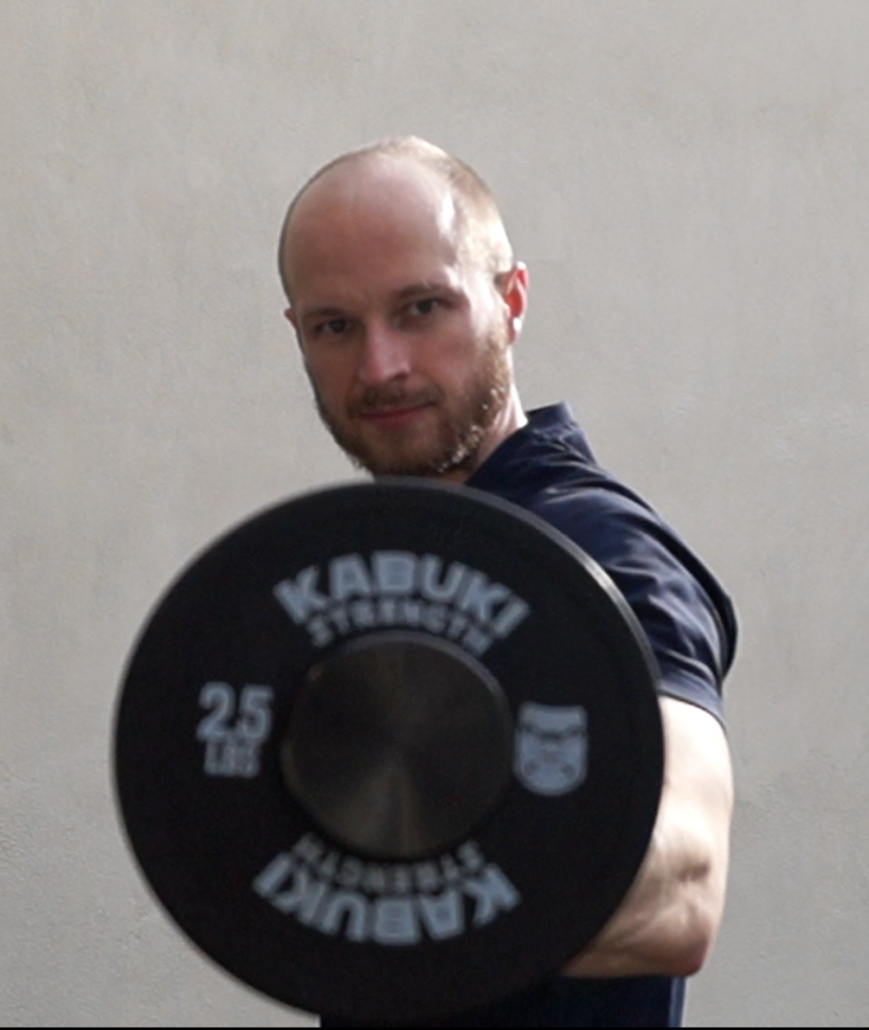
© HP Bernd Stößlein, Master of Business Administration in Sportmanagement.
If you liked this article please share it with your friends, subscribe to the newsletter and the blog.
If you like to book a professional online/offline consultation please feel free to contact me: info@bernd-stoesslein.de
Literature
Lateinisch-griechischer Wortschatz in der Medizin, S. 220.
Gustafson, Alrik, Svenska litteraturens historia, 2 volums (Stockholm, 1963). First published as A History of Swedish Literature (American-Scandinavian Foundation, 1961). Chapter 1. Forntid och medeltid, Lönnroth, in Lönnroth, Göransson, Delblanc, Den svenska litteraturen, vol 1.Rök runestone, source: https://en.wikipedia.org/wiki/R%C3%B6k_runestone#cite_note-Gustafson1-1, access: 09.02.20.

